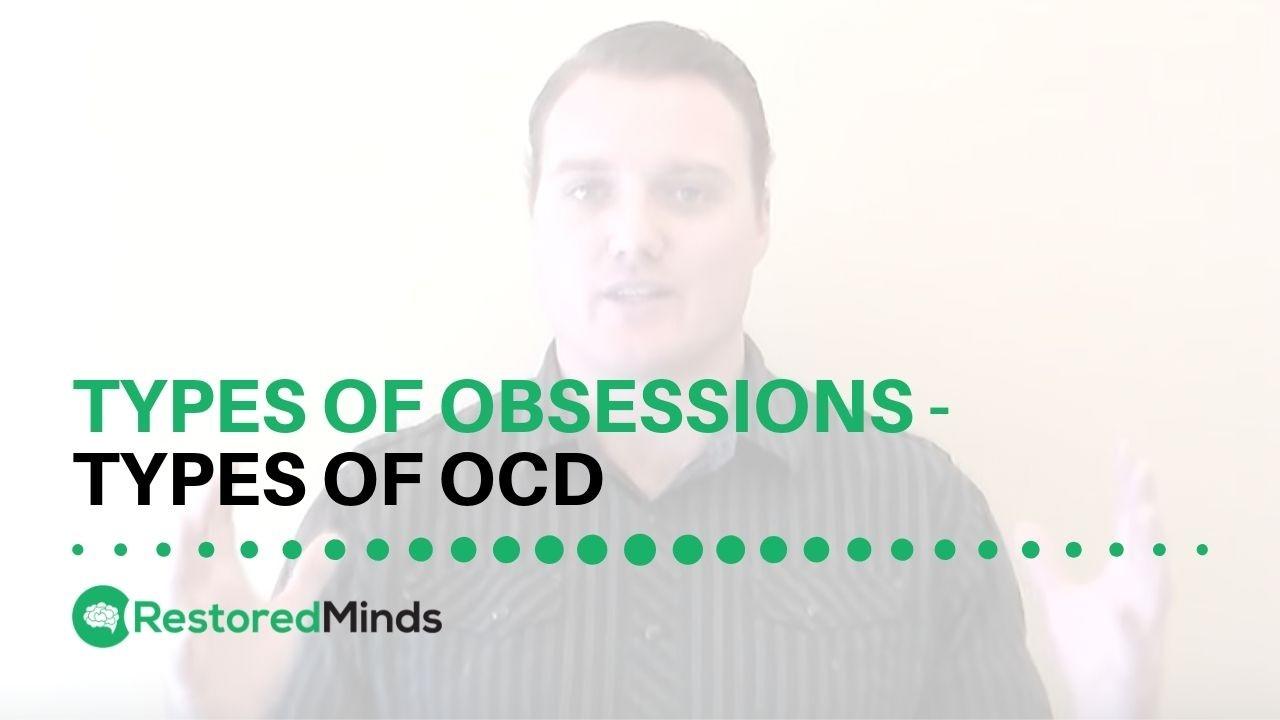Types of Obsessions
Jul 17, 2017
In today’s episode, we delve into the diverse world of OCD obsessions to help you understand and identify different types of obsessions that people may experience.
What are Obsessions in OCD?
Before we jump into the types, let’s define what obsessions are. Obsessions are unwanted, intrusive thoughts, images, or impulses that often cause feelings of anxiety, disgust, and discomfort. Now, let's explore the different categories of obsessions in OCD.
1. Violent Obsessions
Violent obsessions involve intrusive images or thoughts of violence, which can be directed towards oneself, strangers, or loved ones. For example, a person might have distressing images of harming their children or family members. Unlike violent urges in other conditions, these thoughts are unwanted and cause significant distress.
2. Sexual Obsessions
Sexual obsessions are explicit thoughts or images that don't align with a person's desires or values. These can range from thoughts of cheating on a spouse to inappropriate thoughts about family members or children. An important subtype here is the obsession with sexual orientation, where a person may doubt their true sexual identity. These thoughts are ego-dystonic, meaning they do not reflect the person's true desires and values.
3. Fear of Saying Harmful Words or Phrases
Individuals with this type often fear they might accidentally utter profanity, racist remarks, or insults in public. This leads to a constant worry about inadvertently saying something socially or morally unacceptable.
4. Scrupulosity (Religious Obsessions)
Scrupulosity involves obsessive doubts or worries related to religious beliefs. A person may constantly worry about committing sins, facing eternal damnation, or not being devout enough, leading to severe anxiety.
5. Contamination Obsessions
Perhaps the most widely recognized, contamination obsessions involve excessive worry about germs, illness, and cleanliness. Individuals may fear consuming contaminated food or beverages and engage in behaviors aimed at avoiding contamination.
6. Responsibility Obsessions
These obsessions center around the fear of causing a catastrophic event through one’s actions or inactions. Common examples include worrying about not locking the house, leaving the stove on, or accidentally hitting someone while driving.
7. Symmetry Obsessions
Symmetry obsessions involve the need for items to be arranged in a specific order. This can range from aligning pillows perfectly to organizing magazines alphabetically. The individual often believes that failure to arrange items correctly will lead to negative consequences.
8. Fear of Losing Something Valuable (Hoarding)
Individuals may obsessively worry about losing important items, leading to hoarding behaviors. They keep material items that others might consider useless, resulting in excessive clutter.
Newer Categories
-
Relationship OCD
: This involves doubts about one’s relationship, constantly questioning its legitimacy and whether they are truly happy.
-
Existential OCD
: Falls under religious obsessions but focuses on questions of existence and the meaning of life, leading to persistent, troubling thoughts.
Conclusion
Understanding the different types of obsessions in OCD is crucial for recognizing and addressing this often misunderstood condition. For more detailed information on each type and their impact, be sure to visit our website at www.restoredminds.com


